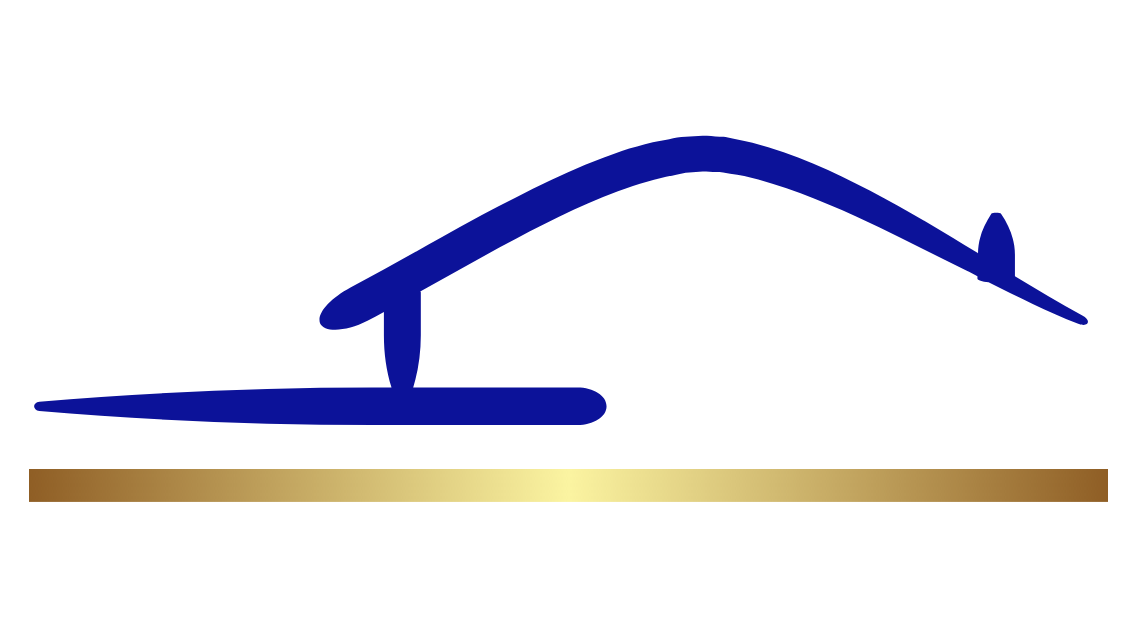Do You Really Need 5 (or more) Properties to Retire in Australia?
- Rayson L.

- Aug 24
- 6 min read
Updated: Sep 5

We've been asked this many times by our clients... Do You Really Need 5 (or More) Properties to Retire?
Short answer: No. But you do need the right assets, the right debt strategy, and the right income plan — not an arbitrary number of properties.
As Melbourne buyers advocates, we constantly meet lots of buyers who’ve been told they “need five or more properties” to retire. That mantra is great for marketing and seminar slides—but it’s rarely how real-life retirement works in Australia. In fact, chasing a big number of properties can leave you over-leveraged, stressed, and vulnerable to interest rate rises, vacancy, income shock, land tax, and maintenance shocks. And you'll definitely make the taxman very happy.
in the next 5 minutes, we will show you what actually matters—and shows how you can simplify your investment journey and achieve your retirement goal in safer ways.
Your Step-by-Step Retirement Planning Guide
Where do you start your retirement planning?
The first step to planning is to determine how much you need for retirement. This is a very personal question, and the more realistic and pragmatic you are, the more realistic and less stressful your goals will be.
Step 1: Decide the Income, Not the Property Count
Start with the outcome you want. According to a June 2025 report from the Association of Superannuation Funds Australia (ASFA), a single person needs $58,323 annually for retirement. For simplicity, let's round this number up to $60,000 for many Australians. For a more comfortable retirement, you might want to target $70k–$100k per year (after tax), depending on lifestyle, mortgage status, and whether you’ll receive any Age Pension. A $70k annual income will cover most of your daily living expenses, such as food, groceries, utility bills, some entertainment or leisure activities, etc.
What mix of assets will produce that income reliably?
Next, let's discuss the different types of assets for retirements and how they can help you achieve your retirement goals.
Superannuation in pension phase (often tax-advantaged)
Paid-off investment properties generating rent
Dividends/ETFs for liquidity and diversification
Cash buffers and offsets for resilience
>Property is powerful. But it’s one part of a diversified retirement engine.
Step 2: Understand the Real Math of Property Income
Gross yields don’t pay the bills—net yields do.
Typical Melbourne house example (ballpark only):
Purchase price: $600,000
Gross rent (3.5%): $21,000 p.a.
Running costs (rates, insurance, Property Management fees, maintenance $6,300**
Net rent before interest: ~$14,700 p.a. (~2.45% net)
If that property is paid off, you might clear roughly $14.7k p.a. (before tax).
To generate $90k p.a. purely from similar paid-off houses, you’d need ~6 properties.
Most Australians don’t need that many because they also draw income from super. Thus the more pragmatic ones prefer fewer, higher-quality assets.
If that property is 80% geared at 6% interest (IO):
Interest on $480k = $28,800 p.a.
Net cash flow = $14,700 – $28,800 = –$14,100 p.a. (negative!!)
Now multiply that by five properties… and you can see why the “more doors” strategy often bleeds cash in a rising-rate world.
Step 3: Three Common Retirement Pathways (That Work)
Pathway A: 2–3 Quality Properties (Debt-Free by Retirement)
Accumulate 2–3 well-selected, growth-oriented assets.
Use one sale pre-retirement to clear the debt on the other 1–2.
Combine the net rent from the paid-off properties with superannuation income.
Outcome: fewer moving parts, lower land tax, stronger sleep-at-night factor.
Pathway B: 3 Properties, Sell 1 to Retire Debt on 2
This is a workhorse strategy we see often.
Let growth do the heavy lifting, then sell one at the right time to retire debt and boost net income on the remaining two.
Works well for investors who began in their 30s/40s and want simplicity by their 60s.
Pathway C: 1 PPOR + 1–2 Investments + Shares/ETFs
Keep debt modest.
Use dividends and super pension for liquidity and flexibility.
Property provides capital growth and partial income; shares smooth cash flow.
Outcome: diversified, tax-efficient, liquid.
The thread through all three: quality over quantity, and debt that reduces over time.
Step 4: Don’t Ignore Risk (It’s What Breaks Portfolios)
The “five properties to retire” story spruiker usually glosses over the messy real world. Have a look at these:
Interest rates: IO periods end; higher rates crush cash flow.
Vacancy & maintenance: Budget 6–8 weeks vacancy and ongoing capital works.
Land tax: Depending on the state the property is in, multiple properties can escalate land tax; account for this.
Concentration risk: One city, one asset class, one build type = unnecessary exposure.
Liquidity: Property is slow to sell. Maintain offsets/cash buffers (6–12 months).
Also, do not forget to stress-test your portfolio plan at +2% interest rates, 2–3 months vacancy, and unexpected maintenance. If it still works, you’re on steadier ground.
Step 5: A Simple, Safer Blueprint. The KISS Principle
Five properties they say? That is 5 times the above troubles. While the higher number makes for good marketing spin, pragmatic investors prefer to keep things simple. Let's look at the Keep It Simple, Stupid principle. The KISS Principle.
The KISS Principle in Retirement Planning
Set your retirement income target (after tax).
Audit your position: PPOR equity, investment equity, super balance, age.
Pick a pathway (A/B/C above) that fits your runway (years to retirement).
Buy quality, not hype: Owner-occupier appeal, strong fundamentals (schools, transport, jobs), and resilient rental demand.
Trim debt deliberately: Switch to P&I at the right time, use offsets, channel surplus cash to kill risk.
Plan your exit: Which asset (if any) will you sell, and when? Map the tax implications well in advance.
Diversify: Blend property with super and liquid assets for flexibility.
Worked Examples - 3 properties vs 5 properties
Now, let's put some numbers together and visualise. Let's compare what happens when you have 3 good properties, vs 5 average properties, in practice.
Case 1: The Five-Door Trap
5 x $600k houses at 80% LVR, 6% IO, 3.5% gross yield.
Net before interest: ~$14.7k per property.
Interest: ~$28.8k per property.
Annual shortfall: –$70k across five.**
This can work only with very high incomes and aggressive growth—not a retirement plan.
Case 2: Three Properties, “Sell One, Keep Two” Plan
Acquire 3 quality properties.
Approach retirement, sell one to clear loans on the remaining two.
Each paid-off property nets ~$14–25k p.a. (depending on asset and expenses). Total ~$50k p.a.
Combine that with super pension and dividends to hit your target without risks.
So… How Many Properties Do You Really Need?
As little as two (paid off) can work—when combined with super and possibly some dividends/ETFs.
Three is common (sell one to retire debt on two).
Five? Only if they are exceptional quality and you arrive at retirement with very low debt—and even then, land tax and management complexity can erode returns.
You don’t retire on door counts. You retire on net, reliable income with low stress.
Where a Melbourne Buyers Advocate Adds Real Value
An experienced Melbourne buyers advocate can help you:
Select the right suburbs and streets (owner-occupier appeal is your long-term moat).
Buy assets that tenants and future buyers compete for (not oversupplied product).
Run the numbers properly—net yields, land tax, maintenance, and debt strategy.
Negotiate hard and avoid dud properties through due diligence checks.
Build an exit plan that pays you in retirement, not the tax office.
At Concierge Buyers Advocates, we’re fixed-fee, independent, and Melbourne-specialised. We help first-home buyers, upgraders, and property investors find and buy the right asset, at the right price—and design portfolios that work in retirement, not just look big on a spreadsheet.
Ready to Design Your Retirement Property Plan?
If you’ve been told you “need five or more properties,” get a second opinion. Let’s build a numbers-backed, stress-tested plan that targets your income goal with fewer, better assets and a clear debt-reduction path.
Book a free strategy session with our licensed buyers advocates.
We’ll map your target income, shortlist the right suburbs, and recommend the cleanest route to a low-stress, high-confidence retirement.
Another more practical example. Let's start with a $100k cash, and grow that into a retirement portfolio returning $60k pa in passive income.
How to Build a Retirement Portfolio with only $100k Cash
Our next article will show you, in detail, how to build a $60k p.a. passive income with only 3 properties.
We have intentionally used very conservative numbers and assumptions and designed for Australian conditions. Under real conditions, the client can easily reach this retirement goal in half the time.
This is general information, not financial advice—your borrowing capacity, tax, land tax, and risk tolerance matter.

Comments